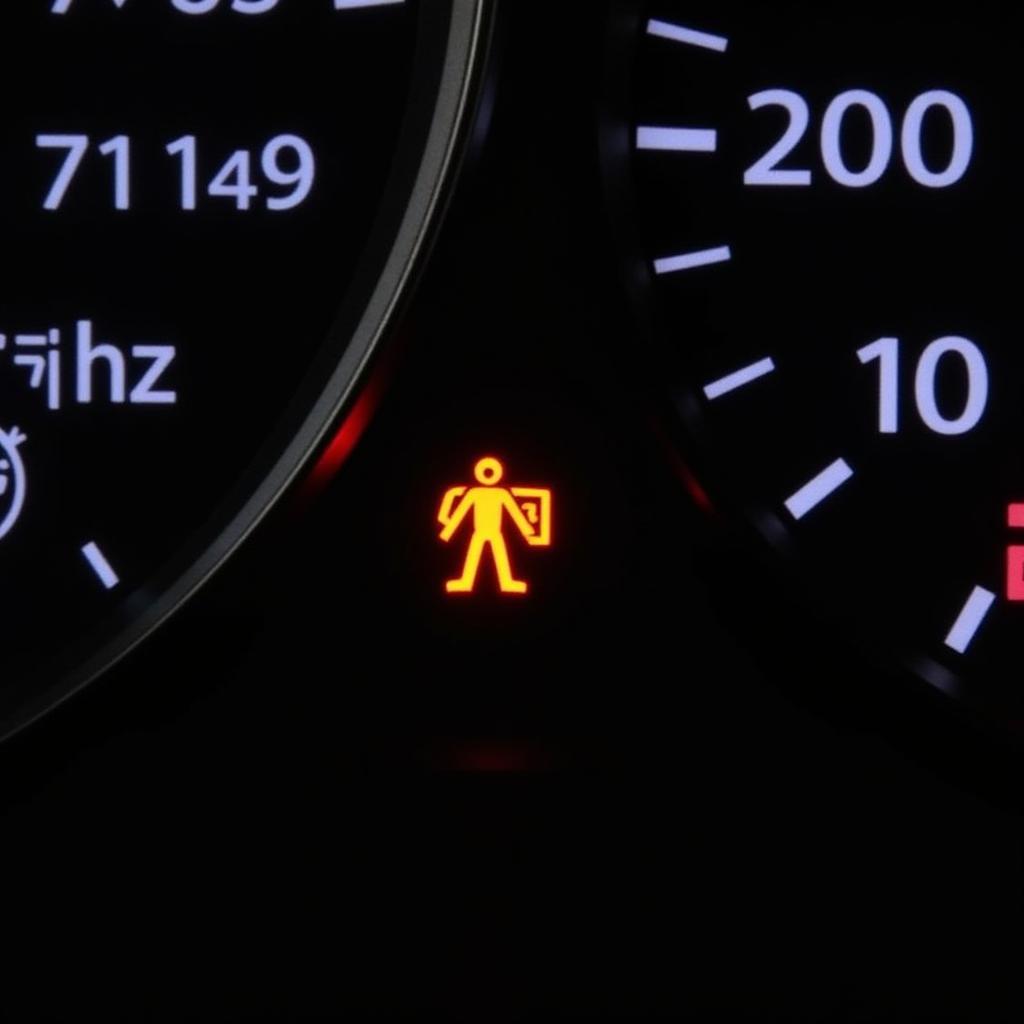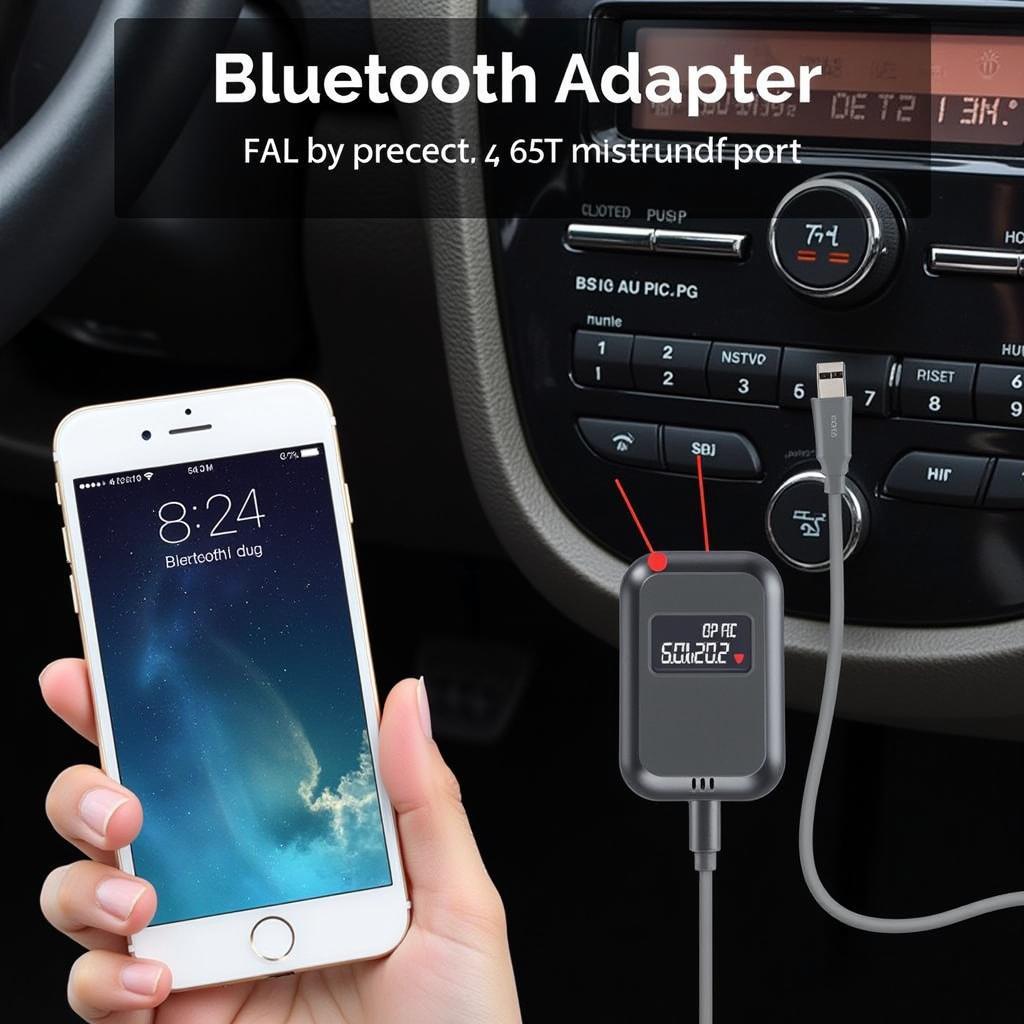Imagine cruising down the road in your trusty 2013 Ford Escape, only to be greeted by a persistent brake bulb warning light on your dashboard. This unwelcome illumination can signal various issues, from a simple burnt-out bulb to more complex electrical problems. This comprehensive guide will walk you through the common causes, troubleshooting steps, and potential solutions for this issue.
Understanding the Brake Bulb Warning System
The brake bulb warning system in your 2013 Ford Escape plays a crucial role in safety, alerting you and other drivers when your brake lights are not functioning correctly. The system relies on sensors that monitor the electrical current flowing to the brake light bulbs. When a bulb burns out or a circuit issue arises, the sensors detect the change in current flow and trigger the warning light on your dashboard.
Common Causes of a 2013 Ford Escape Brake Bulb Warning
While a burnt-out brake light bulb is the most frequent culprit behind this warning, several other factors can contribute to the issue:
- Blown Fuse: A blown fuse in the brake light circuit can interrupt the power supply to the bulbs, causing the warning light to activate.
- Faulty Brake Light Switch: The brake light switch, typically located near the brake pedal, is responsible for sending the signal to activate the brake lights. A malfunctioning switch can disrupt this process, leading to the warning.
- Wiring Problems: Damaged, corroded, or loose wiring within the brake light circuit can hinder proper electrical flow, triggering the warning light.
- Trailer Wiring Issues: If you frequently tow a trailer with your Ford Escape, problems with the trailer wiring harness or connector can also affect the brake light system.
Troubleshooting a 2013 Ford Escape Brake Bulb Warning
Before heading to a mechanic, you can perform some basic troubleshooting steps to identify the root cause of the problem:
- Check the Brake Light Bulbs: Begin by visually inspecting all brake light bulbs, including the high-mounted stop lamp. Look for signs of a burnt filament or a darkened appearance. If a bulb appears burnt out, replace it with a new one of the same type and wattage.
- Inspect the Fuses: Consult your Ford Escape owner’s manual to locate the fuse box and identify the fuse responsible for the brake lights. Carefully remove the fuse and examine it for any signs of a break or burn mark. Replace a blown fuse with a new one of the same amperage rating.
- Examine the Brake Light Switch: Locate the brake light switch, usually positioned above the brake pedal. Depress and release the brake pedal while listening for an audible click from the switch. If you don’t hear a click or suspect a faulty switch, consider replacing it.
When to Seek Professional Help
If your troubleshooting efforts don’t resolve the 2013 Ford Escape brake bulb warning, it’s essential to seek professional assistance. A qualified mechanic can diagnose more complex electrical issues, such as wiring problems, and perform any necessary repairs.
"Ignoring a brake bulb warning light can compromise your safety on the road," advises seasoned automotive electrician, John Miller. "Addressing the issue promptly ensures your brake lights function correctly, enhancing visibility and reducing the risk of accidents."Preventing Future Brake Bulb Warning Issues
While some brake light problems require professional attention, you can take proactive steps to minimize the likelihood of encountering this warning in the future:
- Regular Bulb Inspections: Periodically inspect your brake light bulbs for signs of wear or damage, and replace any burnt-out bulbs promptly.
- Careful Trailer Hookup: Ensure a secure and correct connection when hooking up a trailer to your Ford Escape to prevent wiring issues.
- Promptly Address Moisture Issues: Address any water leaks or moisture buildup in the rear of your vehicle, as moisture can contribute to corrosion and electrical problems.
Conclusion
A 2013 Ford Escape brake bulb warning, while inconvenient, serves as a vital safety reminder. By understanding the common causes, employing basic troubleshooting techniques, and seeking professional help when needed, you can keep your brake lights in optimal condition, ensuring your safety and visibility on the road. Remember, a proactive approach to vehicle maintenance can prevent minor issues from escalating into major headaches down the line.



